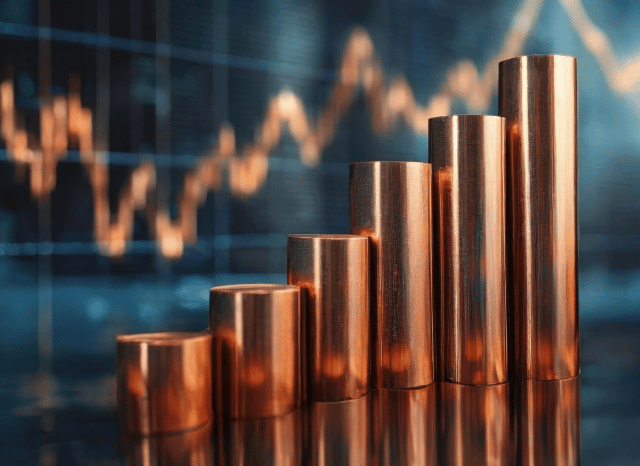
The strategic metals powering the Strength changeover are now centre phase in geopolitics and field.
The moment confined to area of interest scientific and industrial circles, uncommon earth factors (REEs) have surged into global headlines—and permanently cause. These seventeen factors, from neodymium to dysprosium, are definitely the setting up blocks of contemporary engineering, playing a central position in every little thing from wind turbines to electric powered car motors, smartphones to defence devices.
As the planet races toward decarbonisation and digitalisation, demand from customers for REEs is soaring. Their function while in the energy transition is very important. Significant-overall performance magnets created with neodymium and praseodymium are necessary to the electric motors used in equally EVs and wind turbines. Other REEs like europium and terbium are handy for lights, displays, and optical fibre networks.
But supply is precariously concentrated. China presently qualified prospects the sourcing, separation, and refining of unusual earths, controlling over 80% of worldwide output. This has still left other nations scrambling to create resilient provide chains, decrease dependency, and protected use of these strategic sources. Because of this, rare earths are now not just industrial elements—they're geopolitical belongings.
Investors have taken Take note. Fascination in rare earth-similar stocks and Trade-traded money (ETFs) has surged, pushed by the two The expansion in clear tech and the need to hedge in opposition to source shocks. Still the market is elaborate. Some firms remain within the exploration period, Other people are scaling up generation, whilst some are currently refining and providing processed metals.
It’s also important to know the difference between exceptional earth minerals and scarce earth metals. "Minerals" make reference to the raw rocks—like bastnasite, monazite, xenotime, or ionic clays—that have exceptional earths in purely natural form. These demand intensive processing to isolate the metallic components. The phrase “metals,” Alternatively, refers to the purified chemical factors used in higher-tech applications.
Processing these minerals into usable metals is pricey. Beyond China, few countries have mastered the entire industrial course of action at scale, while destinations like Australia, the U.S., Vietnam, and Brazil are Performing to change that.
Demand from customers is staying fuelled by many sectors:
· Electric mobility: magnets in motors
· Renewable Electrical power: significantly wind turbines
· Shopper electronics: smartphones, laptops, sensors
· Defence: radar, sonar, precision-guided programs
· Automation and robotics: more and more vital in sector
Neodymium stands out as a very worthwhile rare earth as a consequence of its use in strong magnets. Other people, like dysprosium and terbium, enrich thermal steadiness in large-general performance applications.
The unusual earth sector is risky. Costs can swing with trade coverage, technological breakthroughs, or new provide sources. For investors, ETFs offer you diversification, though immediate inventory investments feature better risk but read more possibly better returns.
What’s obvious is unusual earths are not obscure chemical curiosities—they’re strategic assets reshaping the global economic system.